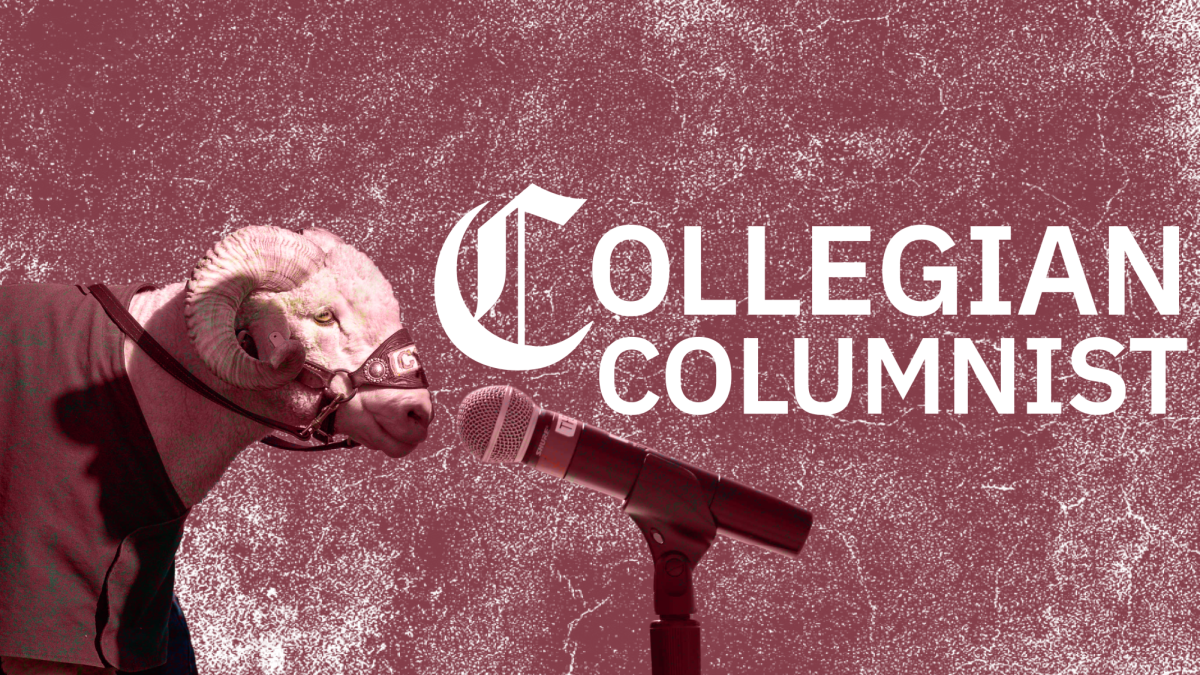 Presidential elections are supposed to be nail biters, bitter fights to the end, high blood pressure affairs — they’re supposed to look like a great sporting event.
Presidential elections are supposed to be nail biters, bitter fights to the end, high blood pressure affairs — they’re supposed to look like a great sporting event.
Or at least that’s how the media want to represent presidential elections, no matter how close they really are.
Ad
The truth is that, at least for Tuesday’s race, Obama was nearly a shoe-in before voting centers across the country even opened.
Nate Silver — whose (unbelievably accurate) mathematical approach to election predictions makes him the field’s benchmark — pointed out early Tuesday morning that the last polls before the election showed Obama as having an overwhelming advantage; only 3 of the 26 polls Silver sourced from important battleground states gave Romney the better odds.
At 10:10 a.m. Tuesday, Silver’s average of simulated outcomes showed a 90.9 percent chance that Obama would win the election, and that he would take 313 electoral votes and 50.8 percent of the popular vote.
It’s important to note that those figures came from an algorithm of numerous election result possibilities, and didn’t represent Silver’s personal prediction. The point is that, based on numbers and not opinions, Romney only had a 9.1 percent chance of winning the presidency.
But from watching pundits predict the election’s outcome on any news channel, Romney’s odds at victory seemed a lot better than 9 percent.
Unfortunately, just as Obama’s reelection was a statistical no-brainer, so was the media’s portrayal of the race as one that could go either way.
A tight race is better for ratings and page views, so there’s incentive to make an election seem closer than it truly is. In addition to better ratings, though, reports of the race being a close one can also be attributed to analysts’ personal political leanings.
So how did the election actually shake out? Obama took 303 electoral votes and, though counting is not entirely finished yet, 50.5 percent of the popular vote. His electoral tally is likely to hit 332 once Florida is ruled official.
Nate Silver was pretty close, as were many other statisticians listed on a pundit scorecard (the designation of pundit and statistician are muddied in the graphic’s presentation) that Slate put together illustrating projections from prominent analysts.
Ad
One of largest problems embedded in this country’s media is illustrated in Slate’s infographic; only one conservative analyst — Ross Douthat — was anywhere near predicting the election’s correct results, and even he missed the mark by 33 electoral votes.
So the question has to be asked: how skewed are political projections by the ideals of the person making them? One look at Slate’s infographic indicates that the influence is significant. Of the nine conservative analysts represented, only one predicted an Obama victory (again, it was Douthat).
The illustration is telling — though not at all shocking — and there’s no doubt that, had the odds been in Romney’s favor, eight out of nine liberal analysts would still have predicted an Obama victory.
A key tenet of journalism is to provide information that is as factual as possible, even when it comes to projecting the winner of an election. With this election, and with others before it, facts were ignored in order to create a more gripping story.
Polling statistics are especially susceptible to this type of twisted argument. They don’t say anything definitively, right?
Well, for the 2012 election, they did. Obama’s likely victory was clear, and while that doesn’t make for nearly as sexy a story, to lie to an audience and say otherwise does more harm than good.













